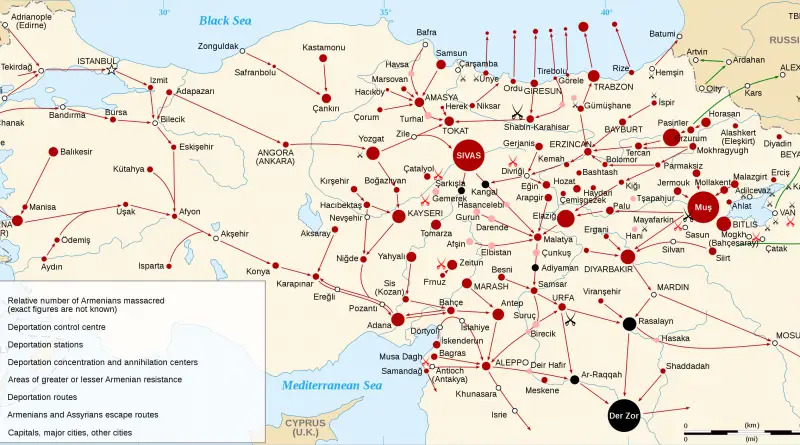How Turkey’s promise to stop the flow of refugees is creating a new crisis
Turkey is struggling to cope with the 2.7 million Syrians it hosts and honor its agreement to stop refugees from
Read MoreWhere you can find the sunniest locations in the world
Percent of days that are cloudy each year. The darkest red areas have almost no cloudy days. The darkest blue
Read MoreCountries with public officials implicated in the Panama Papers leak
Panama Papers: where the money is hiding?
Read MoreWho’s joining ISIS?
Foreign ISIS recruits as percentage of each country’s Muslim population. Countries with the most ISIS fighters as a % of
Read MoreThe Armenian Genocide
The Armenian genocide, also known as the Armenian Holocaust, was the systematic extermination and deportation of the Armenian population of the Ottoman Empire during World War I. It is estimated that between 1915 and 1923, approximately 1.5 million Armenians were killed, with many others forcibly displaced from their homes
Read More
